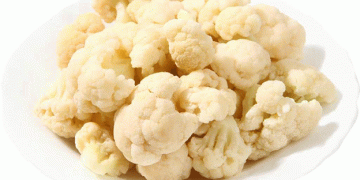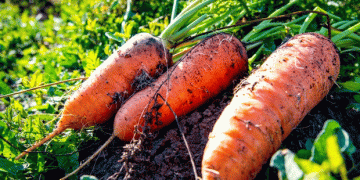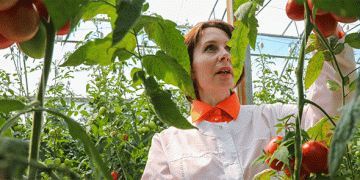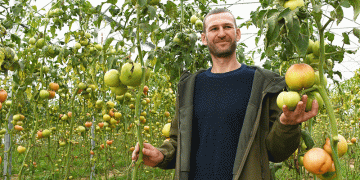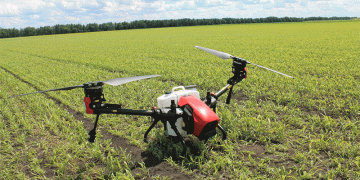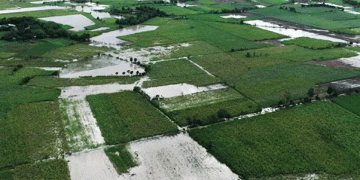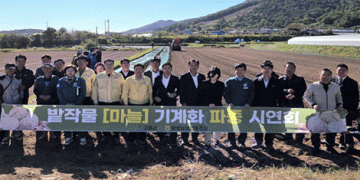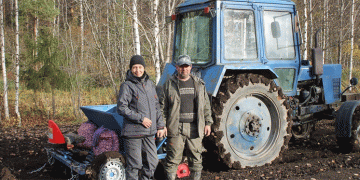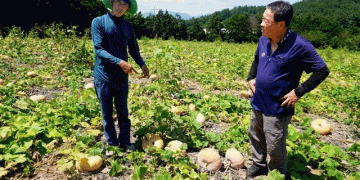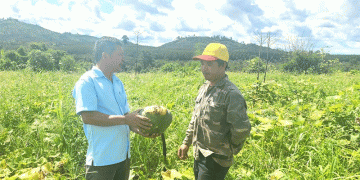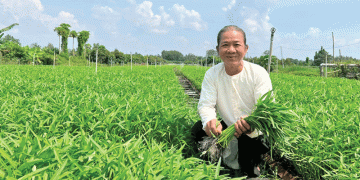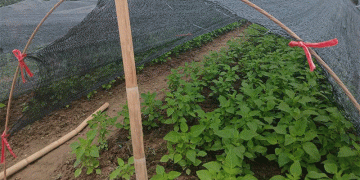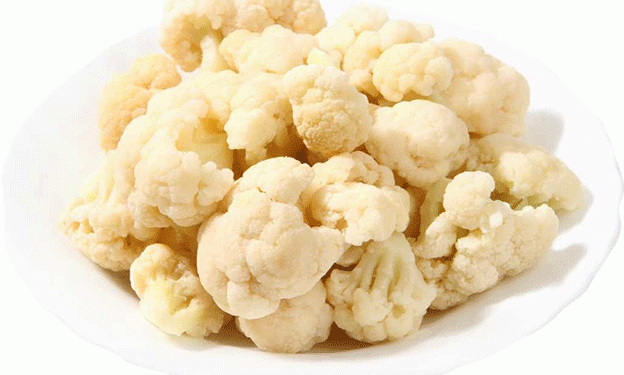Cauliflower Markets Under Pressure: Poor Quality Drives Up Prices and Reduces Availability
The European cauliflower market has faced a turbulent few weeks due to a combination of limited supply and subpar product quality. According to recent market observations from the Federal Office for Agriculture and Food (BLE) in Germany, Italian products currently dominate the market, with additional volumes arriving from France and Spain. However, quality inconsistencies—particularly among Italian and Spanish shipments—have caused a notable price divergence.
As a result, premium-grade cauliflower is in short supply, driving up prices across the board. Even French suppliers, typically seen as reliable in terms of quality, are now experiencing price increases. The market has reportedly reached its limit with prices peaking at €20 for a six-pack of premium heads.
This trend is supported by other European reports. The European Commission’s Agri-Food Data Portal notes that cauliflower prices have been trending upward since early March 2025, with wholesale prices in key markets like Paris, Milan, and Madrid increasing by 12–18% year-on-year. Quality control issues stemming from weather anomalies—such as excess rainfall in Southern Italy and colder-than-usual temperatures in Northern Spain—have exacerbated the problem by disrupting growth and harvesting schedules.
Furthermore, demand for high-quality produce from retail chains and restaurants remains high, especially in Germany and the Benelux countries, where consumers are willing to pay a premium. However, producers are struggling to meet this demand with consistent quality.
On a more optimistic note, the German domestic cauliflower season is set to begin soon, with the first batches expected to arrive by calendar week 14. This could help stabilize supply and reduce pressure on import channels—provided that local growing conditions remain favorable.
The current cauliflower market highlights the fragile balance between supply, quality, and pricing in fresh produce sectors. As poor-quality imports drive up prices and reduce the availability of top-tier product, all eyes now turn to domestic producers to bring stability back to the market. Ensuring better quality control and adapting to climatic challenges will be critical for growers and suppliers in the coming months.
